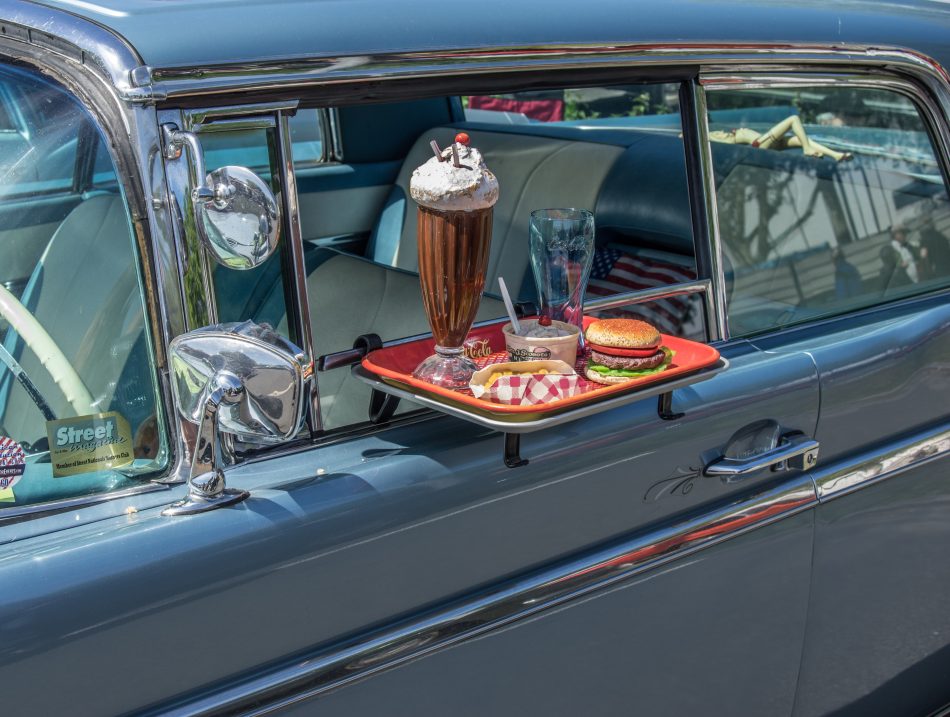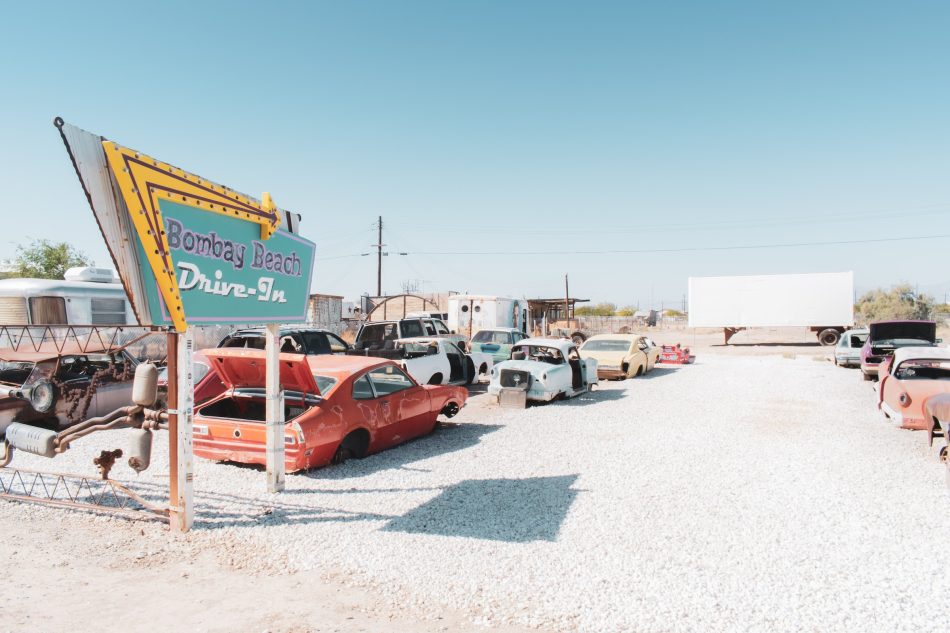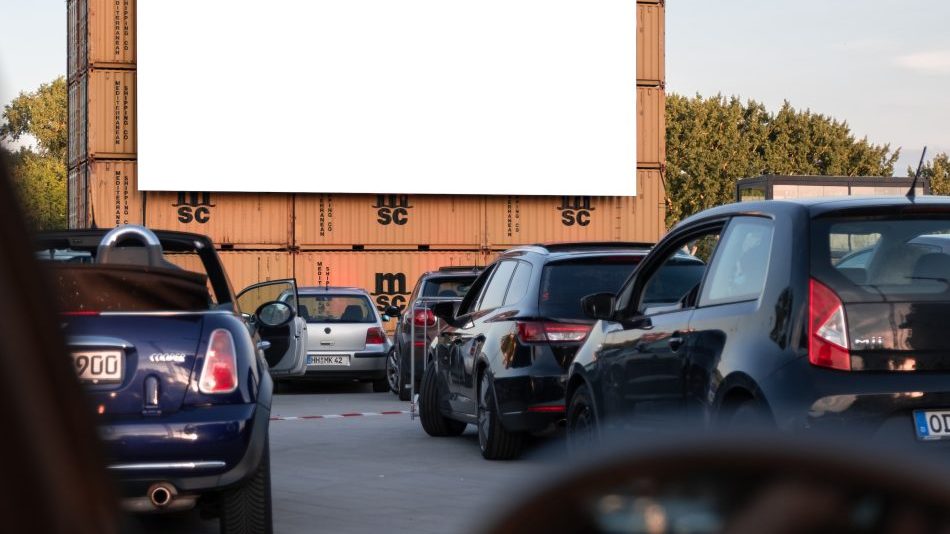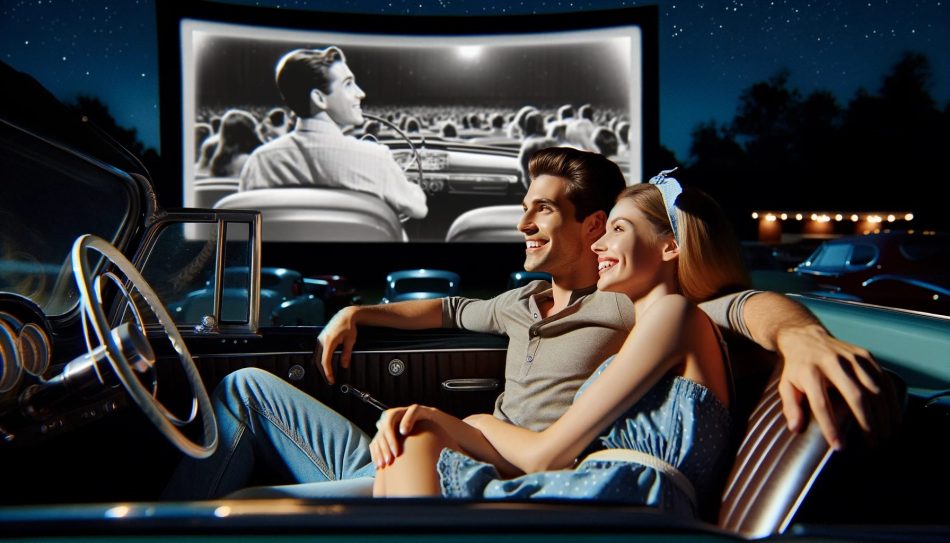The story of drive-in movie theaters, with their unique blend of Americana and nostalgia, is one of rise, fall, and an unexpected resurgence. From their inception to the recent revival during the COVID-19 pandemic, drive-ins have been a cultural touchstone, reflecting changing societal trends and technology.
The history of Drive-Ins

The first drive-in theater opened in Camden, New Jersey, in 1933, heralding an era of movie-going unlike any before. These venues offered a novel experience: watching movies under the stars from the comfort of one’s car.
Drive-ins peaked in popularity in the 1950s and 1960s, embodying the post-war American spirit. Just like cinemas today, families could enjoy a night out, teenagers found a spot for socializing. Everyone reveled in the convenience and novelty of these outdoor movie spots. The drive-in became a symbol of freedom and leisure, intertwined with the burgeoning car culture.
The slow death of the Drive-In

However, the rise of indoor multiplexes, increasing real estate costs, and changing entertainment habits led to a steady decline. By the 1970s and 1980s, many drive-ins had shut down or were repurposed. The land they occupied, often vast to accommodate large audiences, became more valuable for commercial and residential development.
The new indoor theaters offered air-conditioned comfort, advanced sound systems, and a wider selection of films, drawing crowds away from the nostalgic charm of drive-ins.
Then came the advent of home video technologies like VHS and, later, DVD, Blu-ray, and streaming services, meant that movies were readily available at home, diminishing the unique appeal of drive-in theaters.
Drive-ins rebirth (resurgence) in the Pandemic Era

The COVID-19 pandemic, however, triggered a surprising revival. As traditional movie theaters closed due to health and safety concerns, drive-ins offered a safe alternative. They naturally provided social distancing, allowing people to remain in their cars while enjoying a film.
This resurgence was fueled not only by the practicality of drive-ins in the context of public health but also by a wave of nostalgia. People yearned for simpler times and found comfort in the retro charm of drive-ins, which evoked memories of a seemingly more carefree era.
This revival also saw innovations. Some drive-ins hosted concerts, religious services, and graduations, becoming community hubs in a time of social isolation. Digital projectors and FM broadcasting improved picture and sound quality, making the experience more enjoyable than in the past.
The Future of Drive-Ins
While it’s unclear if this resurgence will sustain in the post-pandemic world, drive-ins have certainly regained a place in popular culture. The pandemic has reminded people of the value of these communal yet safe spaces. For many, drive-ins have become more than just a nostalgic trip; they are a symbol of resilience and adaptability.
Where do drive-ins go from here
The story of drive-in movie theaters is a poignant reminder of how cultural trends are cyclical and how nostalgia can play a powerful role in their revival. As society evolves and faces new challenges, such as the COVID-19 pandemic, there’s a comfort in revisiting the past, even if it’s just for a couple of hours at a local drive-in theater, under the stars.



